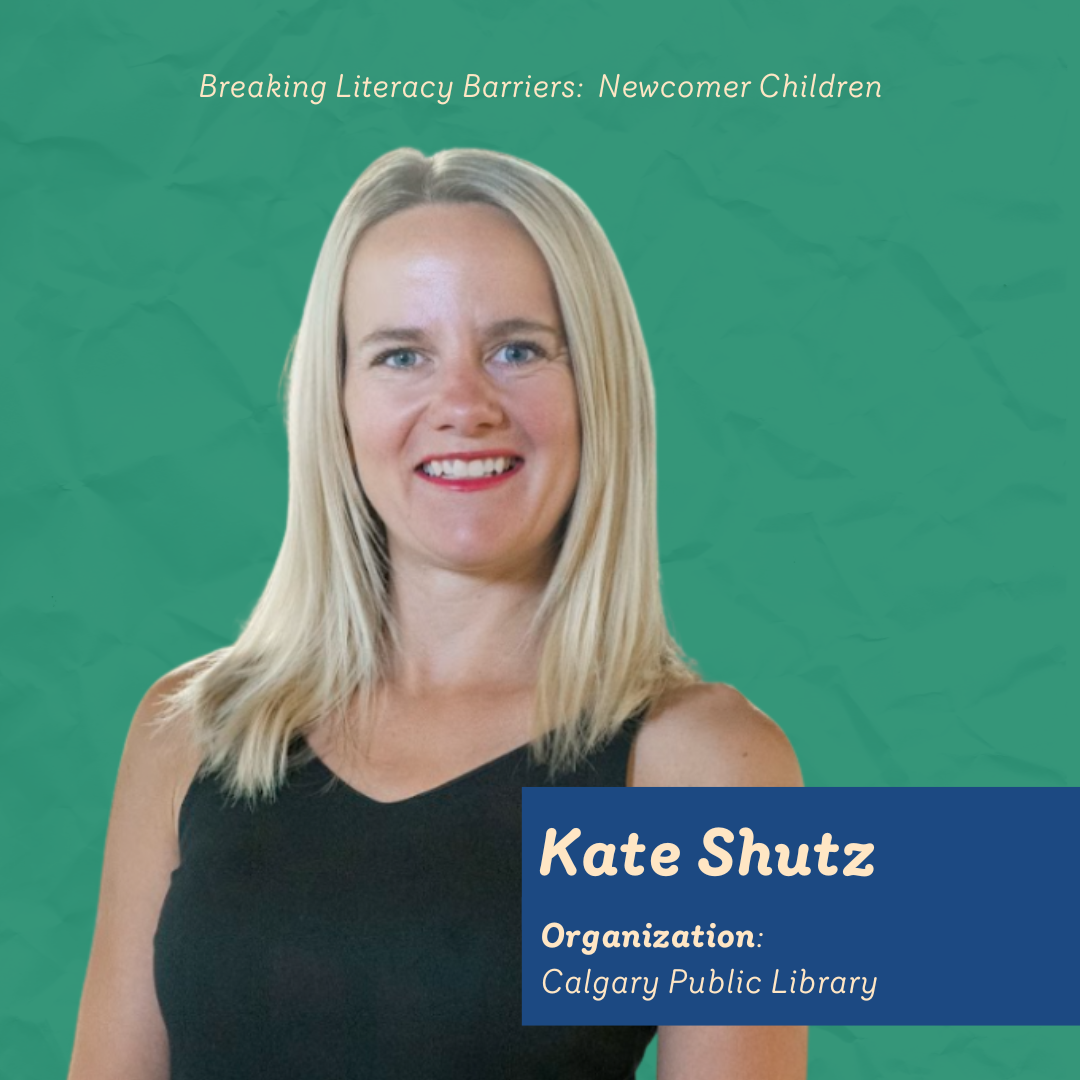Collaboration strengthens support for newcomer literacy education.

Across Alberta, children from underserved communities enter school without the necessary literacy foundation. The Literacy Lab has been working tirelessly to address this challenge, and one of its three focuses is the ‘Power and Inclusion of Newcomer Children.’ In this conversation, we speak with Kate Shutz, a lab member and practitioner in arts, culture, and literacy committed to serving those with learning and attention challenges
Understanding the challenge
Newcomer children in Alberta face significant challenges in accessing an inclusive education, especially when it comes to reading instruction. Many schools lack cultural responsiveness, leaving children from diverse backgrounds feeling disconnected from the curriculum. This gap not only affects their academic engagement but also makes it harder for their families to advocate for their needs due to unfamiliarity with the education system. To combat this, one participant suggested the creation of educational nights for newcomer parents based around understanding school in Calgary. These sessions would help caregivers to understand some of the basic processes and activities necessary to support their children in this new context.
Exploring with Kate Shutz

Kate Schutz has dedicated her career to community-based education, particularly in arts, culture and literacy. In her role on the Service Design team at Calgary Public Library, she designs evidence-based programs and services for elementary audiences, their caregivers, and educators. Kate is on the Board of Directors at the CanLearn Society, a literacy non-profit serving those with learning and attention challenges. Kate’s not-so secret wish is to win a Caldecott. Until her wish can come true, she makes paintings and illustrates the stories she tells her daughter.
A big realization was that there is an organization in Calgary who is doing this work with newcomers, supporting them to understand schools in Calgary at both the public board experience and the Calgary Catholic board experience–the Calgary Bridge Foundation for Youth (CBFY). I’d known about them, but I was completely unaware about their support for families in this way. At the beginning stages of our piloting and prototyping, we discovered CBFY and they ended up coming on as a partner–a really amazing partner. They were integral in making our pilot a success. In working with them, my assumptions around families needing to understand more about learning to read at home and wanting some tips and tricks to support their child to learn to read in English–even if they don’t speak English or their own literacy is low–those assumptions were still correct. The support is needed and that’s where our pilot was iterated, and we pivoted towards adding to the amazing work of the CBFY. I ended up doing a mini presentation at the end of our pilot and talked about literacy and shared some library resources.
In my role at the library we use design thinking methods, human-centered methods, and systemic thinking to inform our work. For me, the learning was more of a reminder of how important empathy and defining stages are, and how you can think you’ve done all your research and then be surprised by something that comes up during pilot testing. We thought we had all the right partners involved and that we’d talked to literally everyone in the city that had anything to do with literacy, and then we discovered the CBFY. It was a good reminder of the cyclical and nonlinear nature of the design process in that you’re always going back and saying, “Okay, now we have this new partner. Now we need to go back and decide if this is the problem that we actually need to solve… or, where’s the opportunity in this?” And always being open and flexible to pivoting and changing. So that was a big reminder for me, that you never know what’s going to happen in a design thinking cycle. You have to be open.

No Straight Road Takes You There: Essays for Uneven Terrain by Rebecca Solnit
